You've got a couple options. It's pretty straightforward to get the polygons plotted, but you can't have two different fill scales. This solution uses point-shape annotations, but can be changed to scale the geom_point by color (or both color and shape). I think that's the best you're going to be able to do save overlaying two maps by hand in a separate program.
You'll also (probably) want to tweak the U.S. bounding box since the center is a bit off (a few of them are, actually, but that one is really obvious).
I also removed Antarctica. You can add that back in if you want, but it's wasted plot real estate IMO.
library(rgdal)
library(ggplot2)
library(maptools)
library(rgeos)
library(RColorBrewer)
world.map <- readOGR(dsn="/Users/bob/Desktop/TM_WORLD_BORDERS_SIMPL-0.3/", layer="TM_WORLD_BORDERS_SIMPL-0.3")
# Get centroids of countries
theCents <- coordinates(world.map)
# extract the polygons objects
pl <- slot(world.map, "polygons")
# Create square polygons that cover the east (left) half of each country's bbox
lpolys <- lapply(seq_along(pl), function(x) {
lbox <- bbox(pl[[x]])
lbox[1, 2] <- theCents[x, 1]
Polygon(expand.grid(lbox[1,], lbox[2,])[c(1,3,4,2,1),])
})
# Slightly different data handling
wmRN <- row.names(world.map)
n <- nrow(world.map@data)
world.map@data[, c("growth", "category")] <- list(growth = 4*runif(n),
category = factor(sample(1:5, n, replace=TRUE)))
# Determine the intersection of each country with the respective "left polygon"
lPolys <- lapply(seq_along(lpolys), function(x) {
curLPol <- SpatialPolygons(list(Polygons(lpolys[x], wmRN[x])),
proj4string=CRS(proj4string(world.map)))
curPl <- SpatialPolygons(pl[x], proj4string=CRS(proj4string(world.map)))
theInt <- gIntersection(curLPol, curPl, id = wmRN[x])
theInt
})
# Create a SpatialPolygonDataFrame of the intersections
lSPDF <- SpatialPolygonsDataFrame(SpatialPolygons(unlist(lapply(lPolys,
slot, "polygons")), proj4string = CRS(proj4string(world.map))),
world.map@data)
whole <- world.map[grep("Antarctica", world.map$NAME, invert=TRUE),]
half <- lSPDF[grep("Antarctica", lSPDF$NAME, invert=TRUE),]
whole <- fortify(whole, region="ISO3")
half <- fortify(half, region="ISO3")
world.map$scaled_growth <- as.numeric(scale(world.map@data$growth,
center = min(world.map@data$growth),
scale = max(world.map@data$growth)))
growth <- world.map@data[,c("ISO3", "scaled_growth")]
colnames(growth) <- c("id", "scaled_growth")
growth$scaled_growth <- factor(as.numeric(cut(growth$scaled_growth, 8))) # make it discrete
half_centers <- data.frame(cbind(coordinates(gCentroid(lSPDF, byid = TRUE)),
id=world.map@data$ISO3, category=world.map@data$category))
half_centers$category <- factor(half_centers$category)
gg <- ggplot()
gg <- gg + geom_map(data=whole, map=whole, aes(x=long, y=lat, map_id=id), alpha=0, color="black", size=0.15)
gg <- gg + geom_map(data=growth, map=whole, aes(fill=scaled_growth, map_id=id))
gg <- gg + geom_map(data=half, map=half, aes(x=long, y=lat, map_id=id), fill="white")
gg <- gg + geom_point(data=half_centers, aes(x=x, y=y, shape=category), size=2)
gg <- gg + scale_fill_brewer(palette="Pastel2")
gg <- gg + scale_shape_discrete()
gg <- gg + coord_equal()
gg


